18.06. - 24.06.19 Alice Springs, Uluru and the way to Adelaide
Nai-publish: 26.06.2019
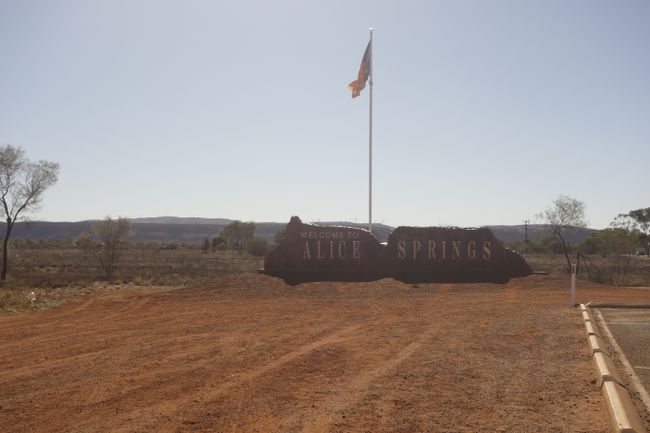
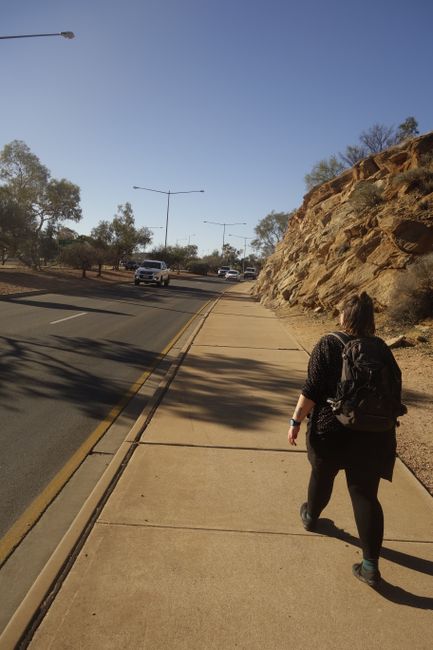
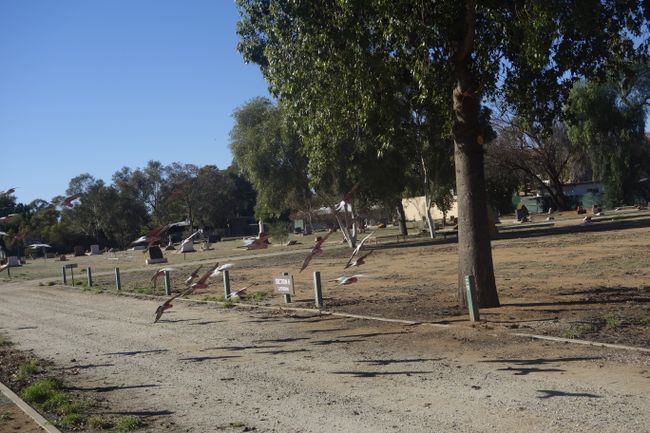
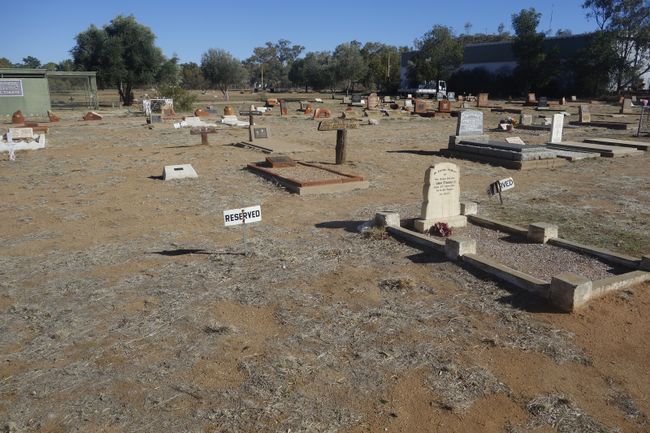
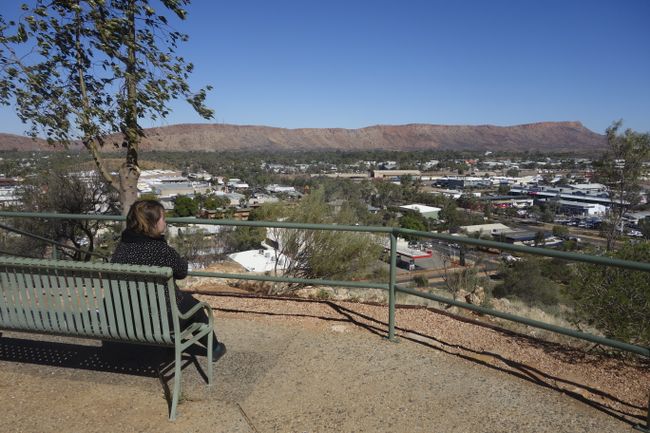
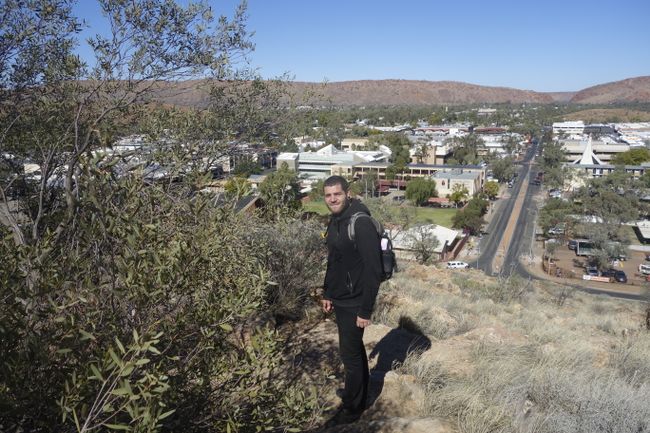
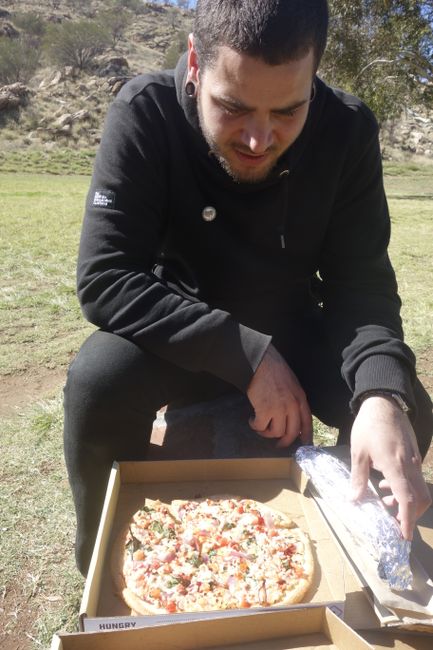
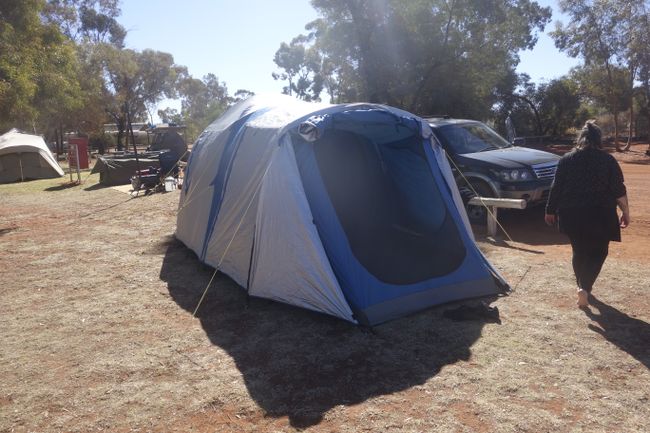
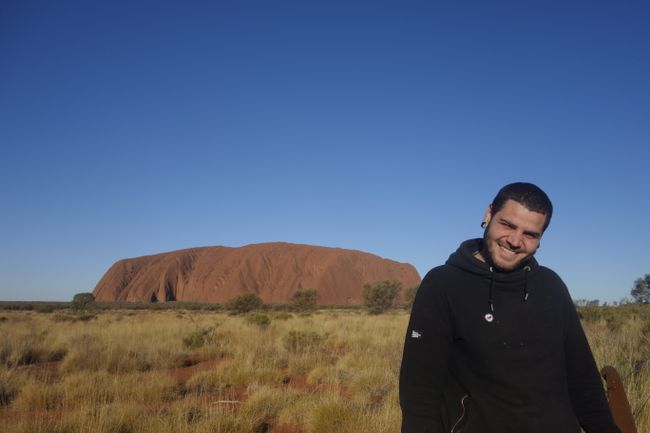
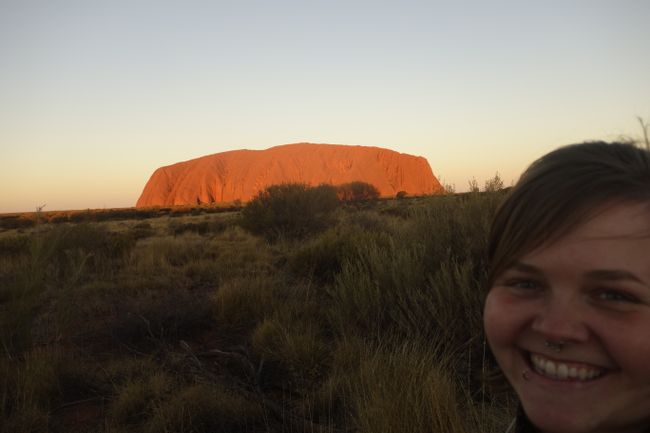
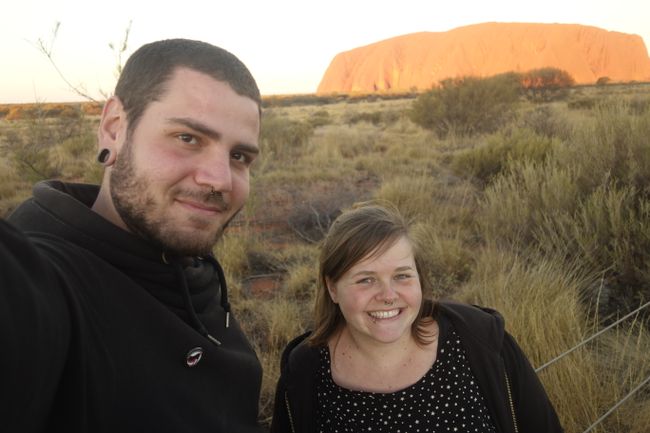
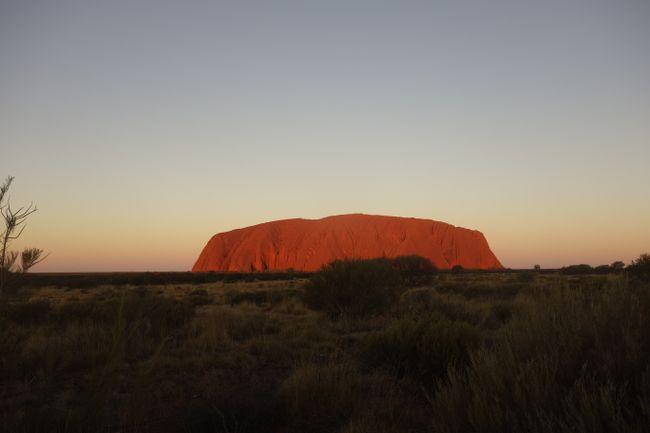
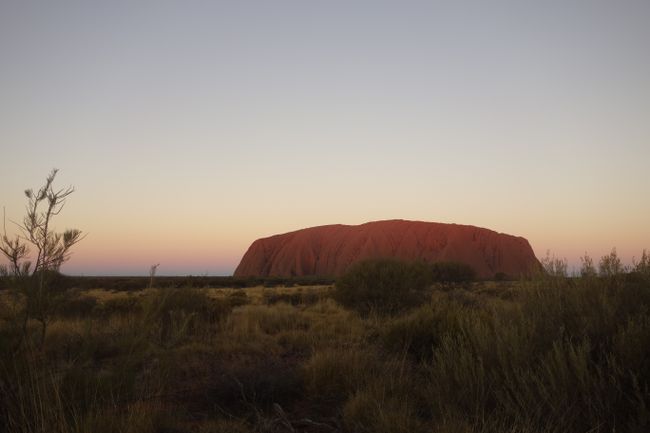
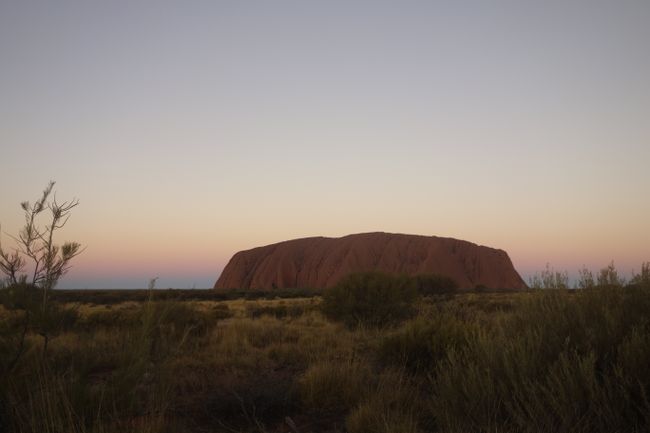
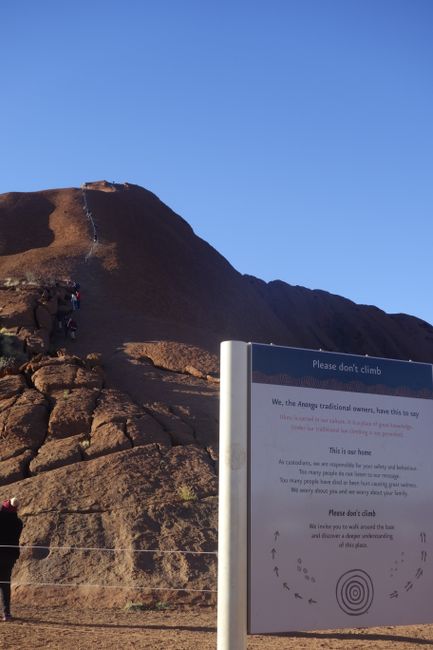
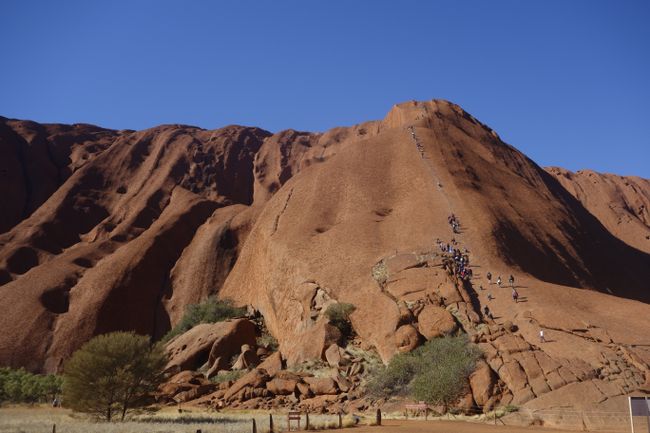
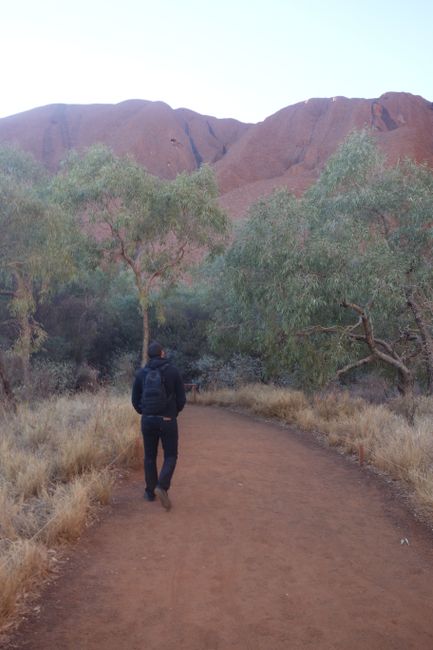
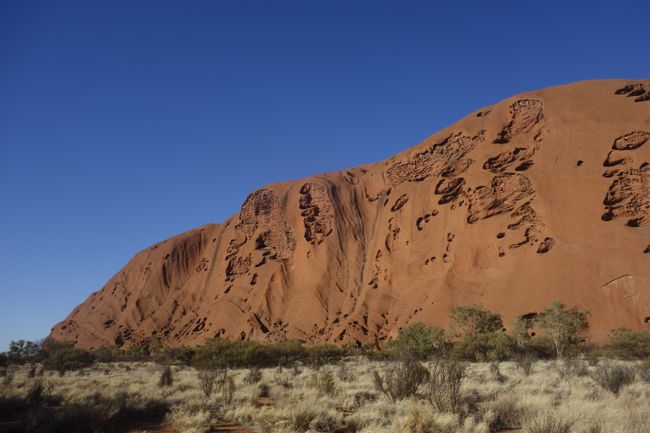
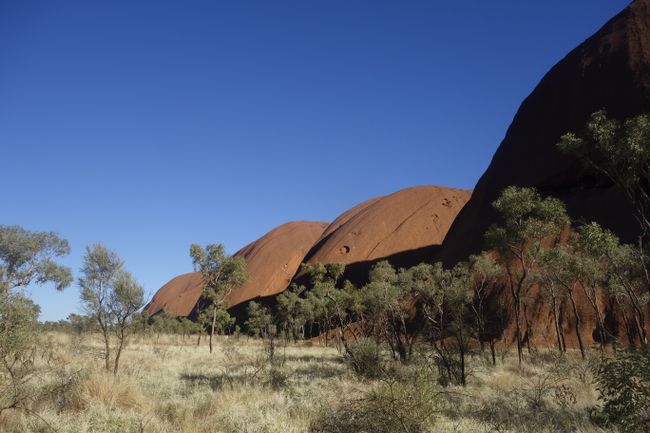
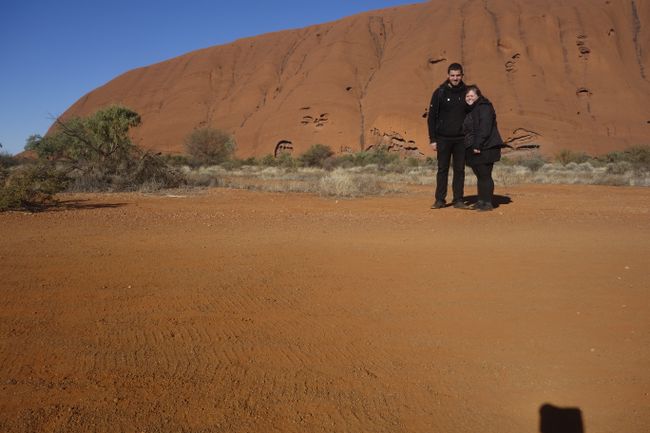
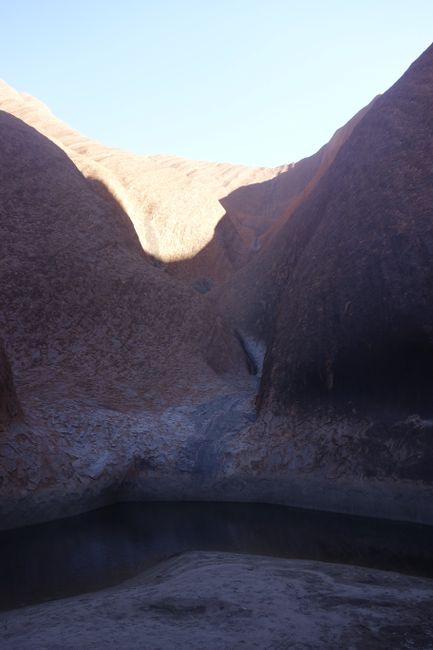
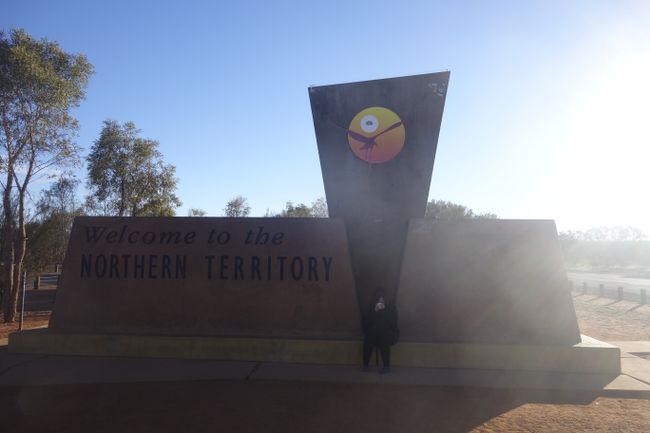
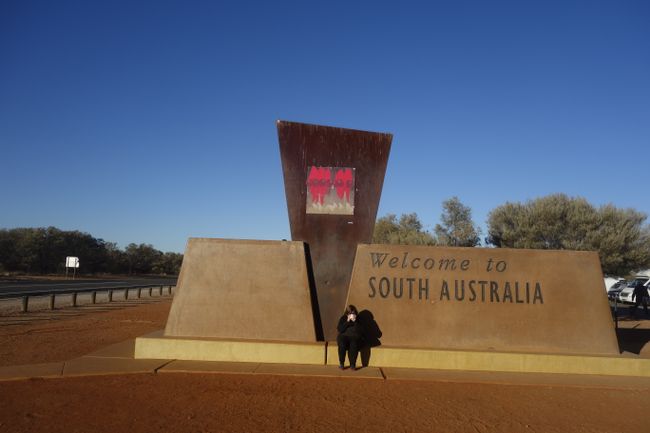
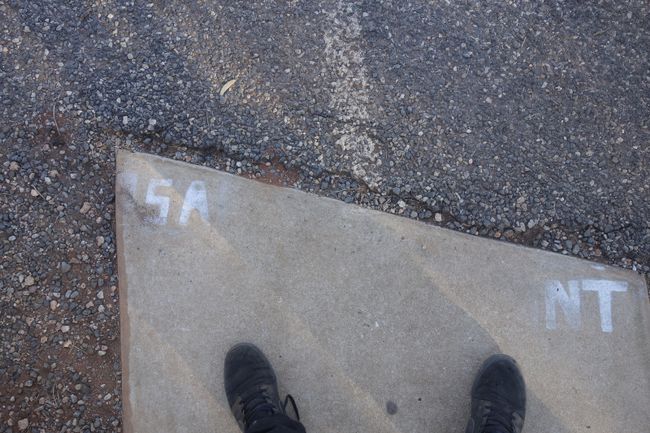
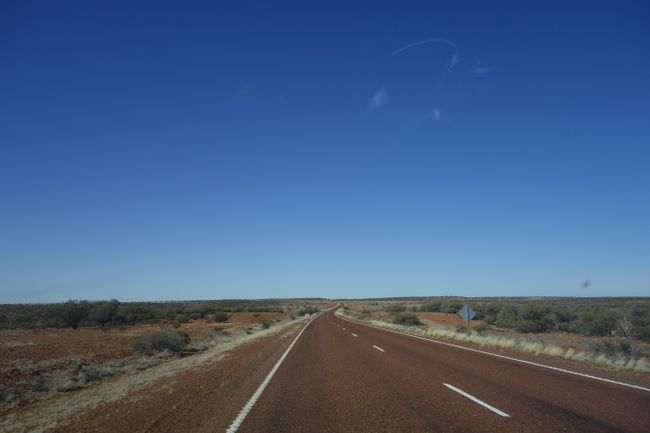
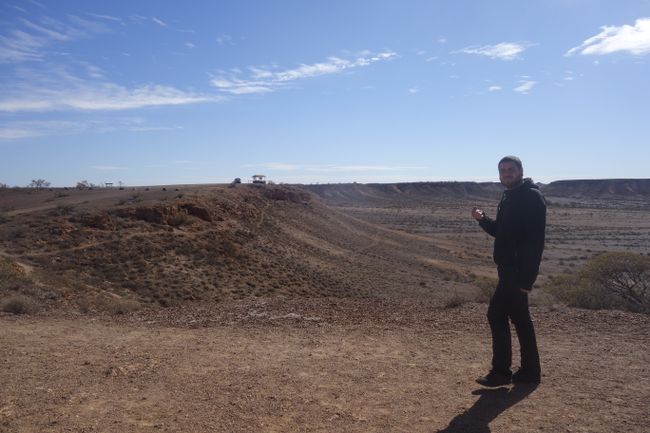
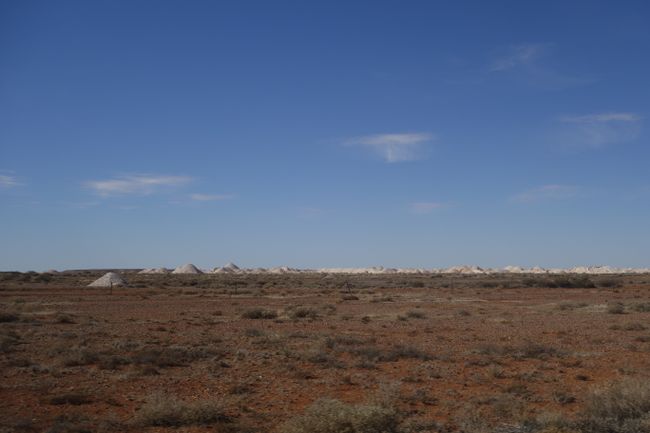
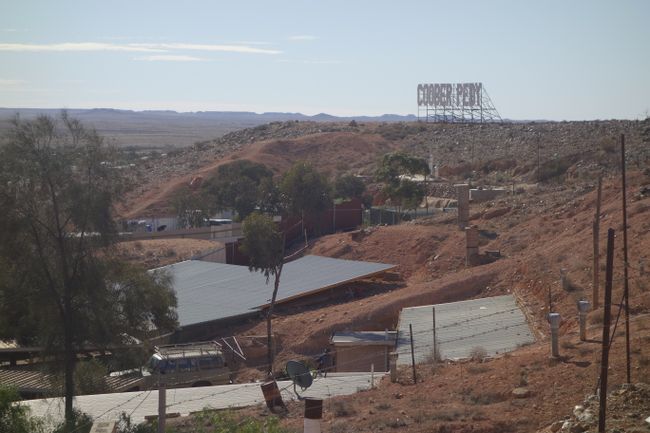
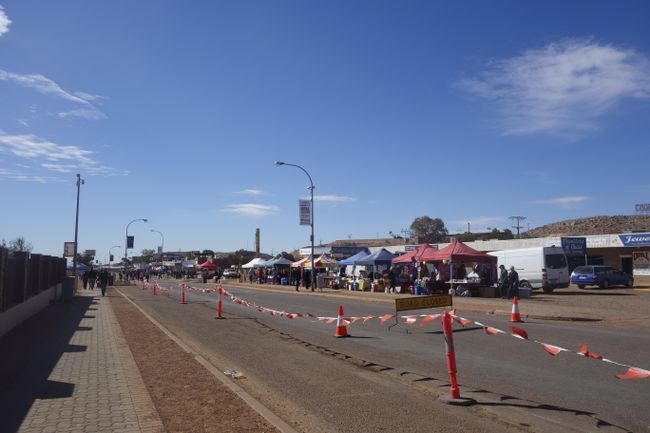
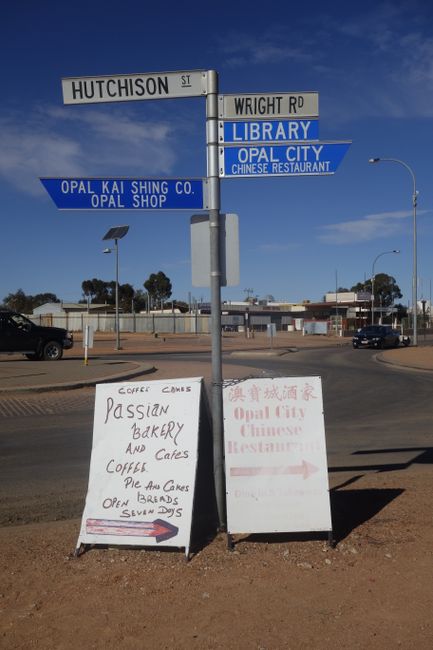
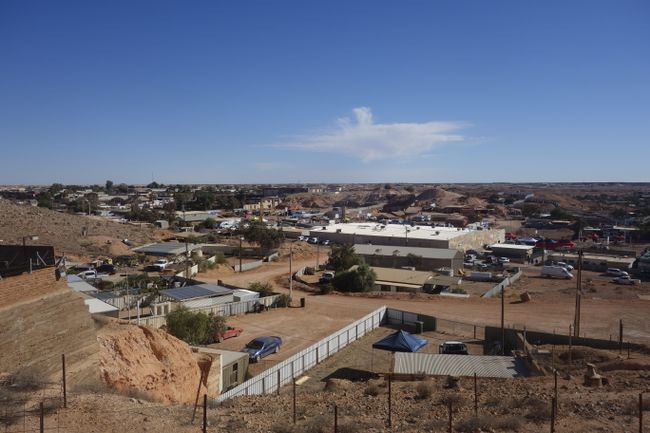
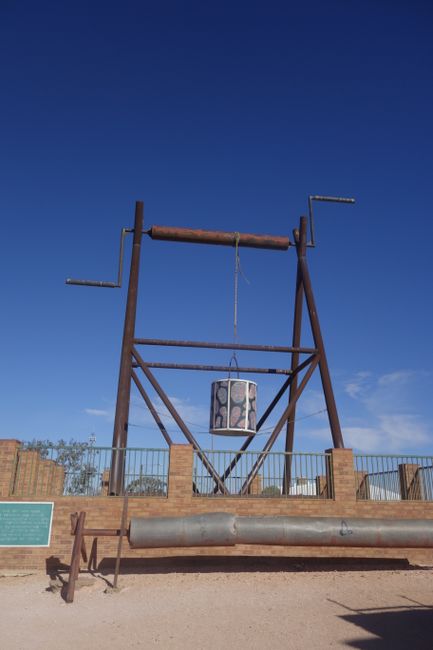
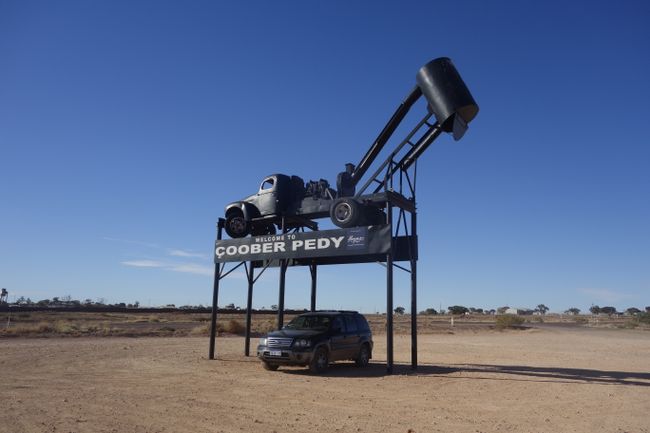
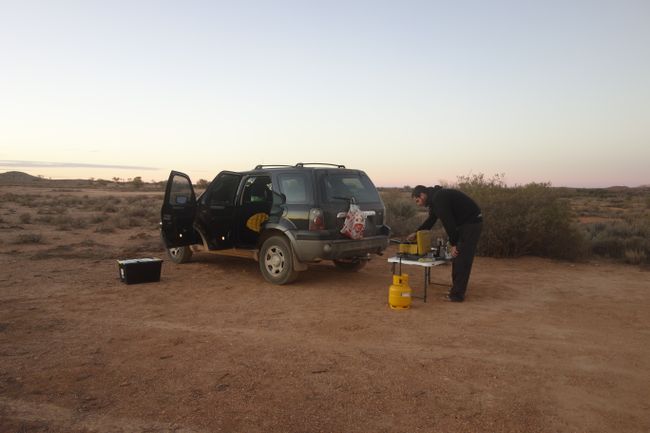
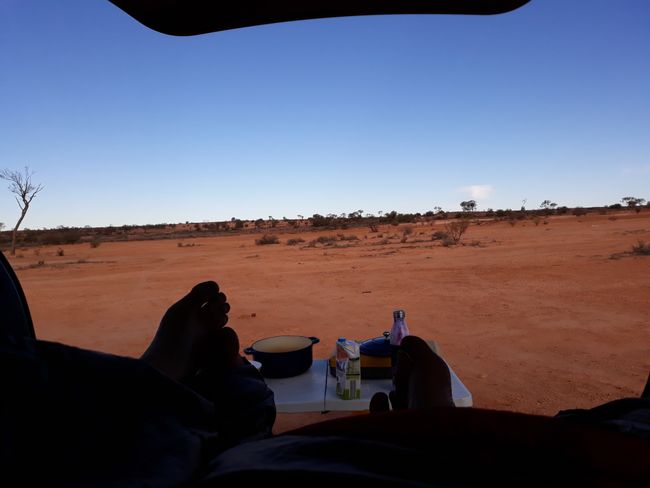

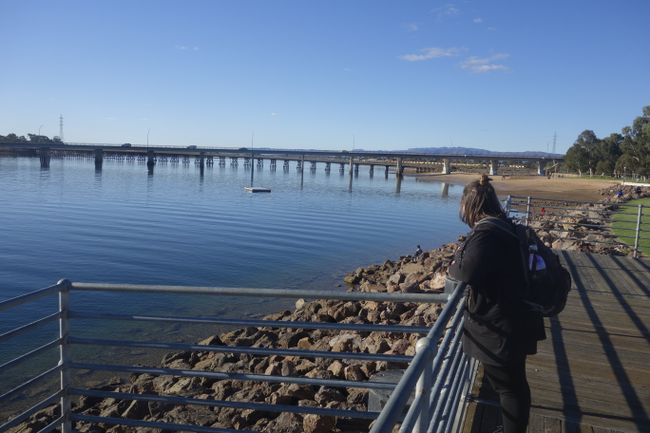
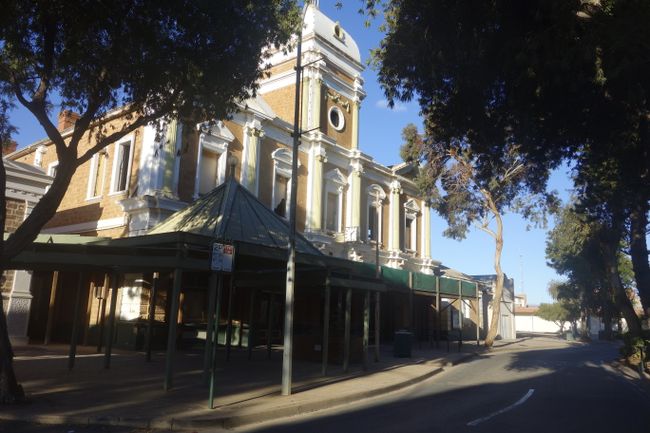
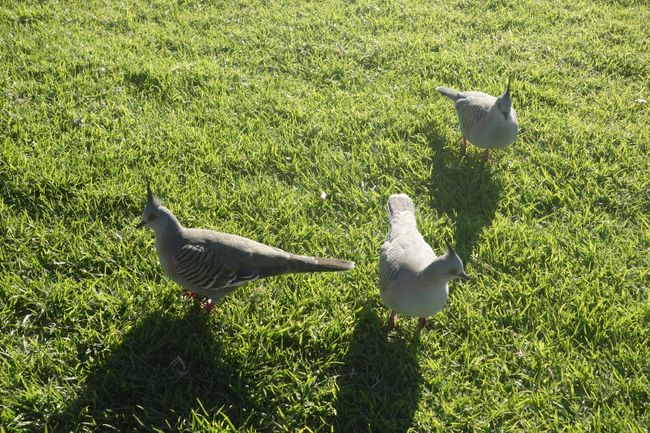
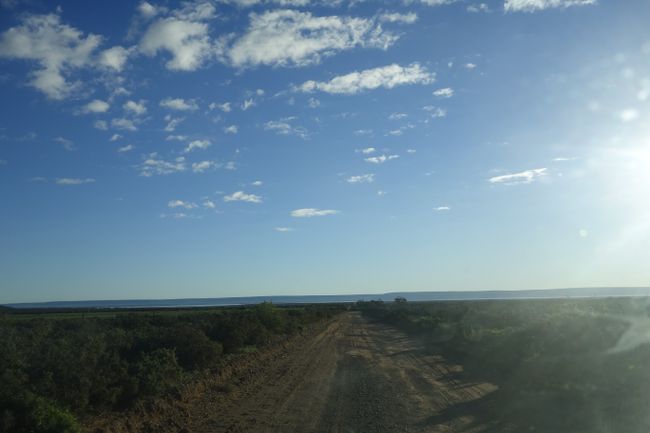
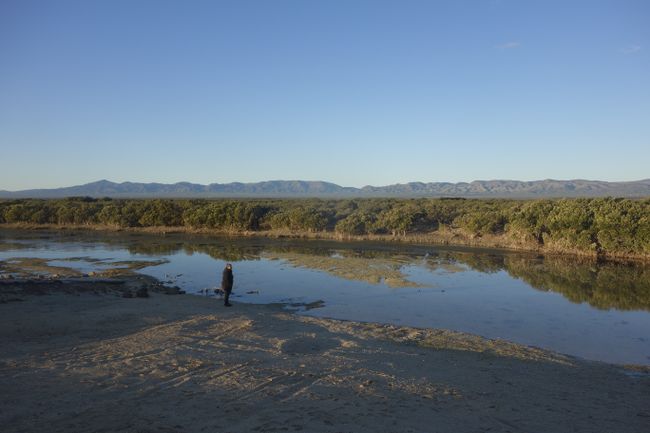
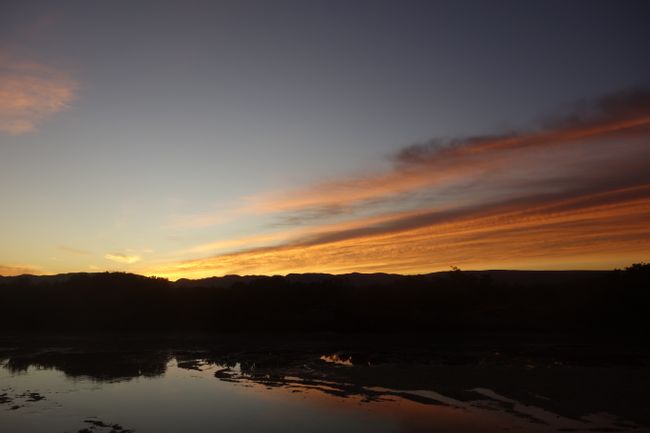
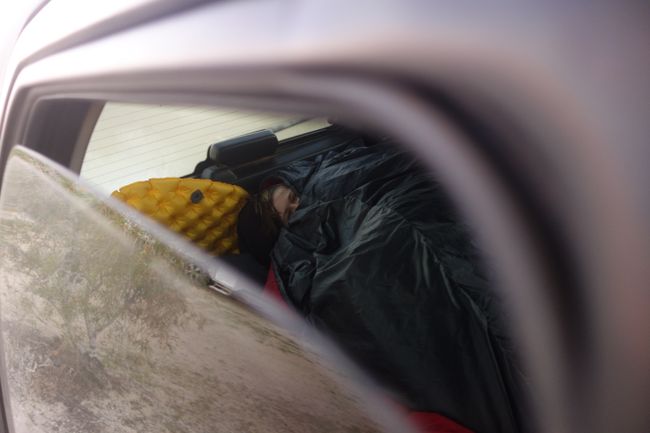
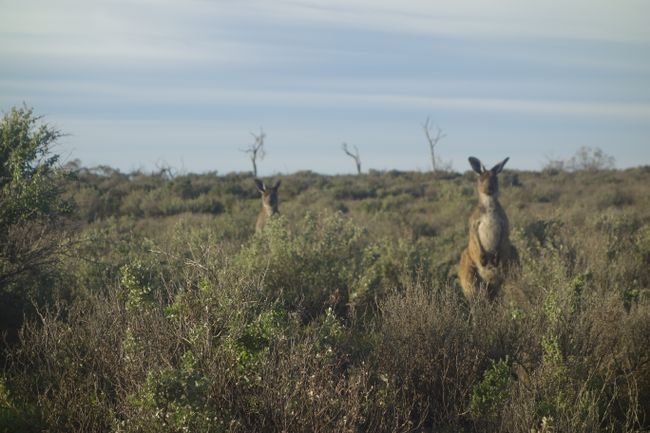
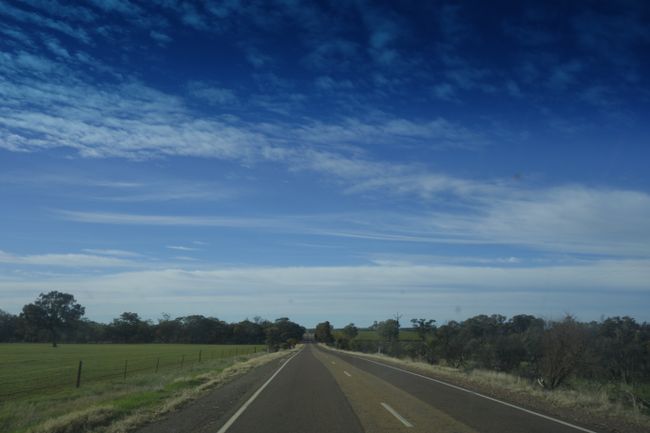
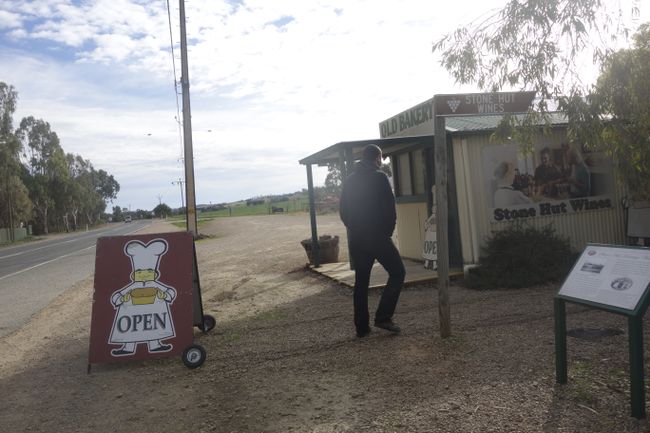
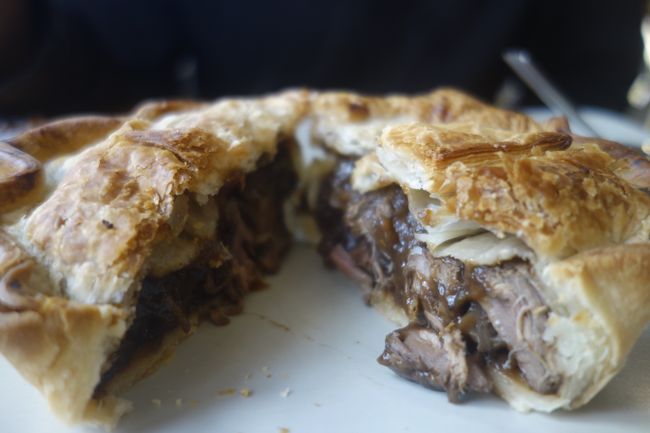
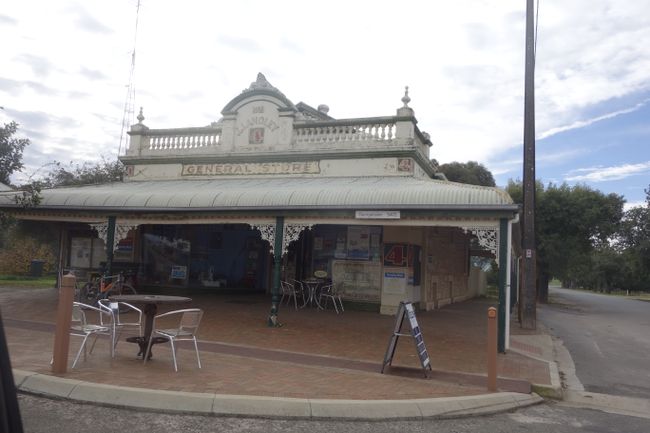
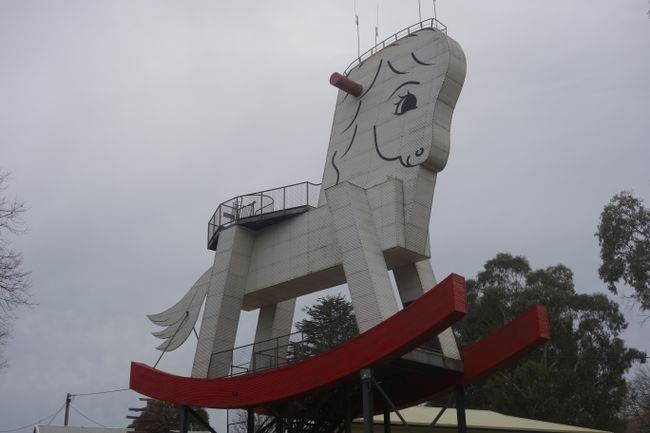
Mag-subscribe sa Newsletter
Alice Springs searches in vain for a city larger than itself in all directions, and with less than 25,000 inhabitants, it is not exactly huge. This placement makes life there somewhat surreal for us and feels more like a large rest stop. We stayed in a hostel for two nights, to stretch our legs and take a shower, and also to make sure Ponyo is safe, as Alice Springs has a crime rate that is unmatched in Australia. Nowhere else is the disadvantage of Aboriginal people in society more evident. To avoid oversimplifying the situation, we won't go into further detail, but we will mention that the atmosphere of the city is very interesting. We spent a few hours strolling around the city, visiting the cemetery, climbing a hill, and treating ourselves to a fast food pizza. After making a detour to the Alice Springs Botanic Garden the next day to see some 'bush plants' such as the bush passionfruit or the quandong, we headed south towards Uluru.
We had almost 500km ahead of us and quickly realized that we were not the only ones with this destination in mind. We encountered many 'Grey Nomads', a loving term for retirees who travel the country, often with the luxury of a well-equipped caravan so that they don't have to leave the comfort of their own 'living room' even in the most remote places. Since there is no free camping option in the national park, we had to set up our tent at a campsite for the first time. The campsite is located in the artificially constructed 'village' of Yulara, which serves to accommodate the many tourists visiting Uluru with various resorts. This 3.5km long and 350m high rock emerges from the ground in the middle of nowhere. The Cultural Center provides information about the cultural background of one of Australia's most famous landmarks. The Anangu, a tribe of Aboriginal people, base much of their tribal teachings and laws on the rock formation and the surrounding nature, and for them, Uluru is sacred. After a long battle, Uluru and its surroundings have been 'returned' to the Anangu since 1985, and the national park is co-managed. The Anangu ask visitors to respect the sacredness of the rock and not to climb it. However, there is no official ban on climbing. For us, it was clear to respect this and not climb Uluru, and we found it impressive enough as it is, and were horrified to see how many people still climb it. After a bitterly cold night at -1 degree, we decided to walk around Uluru, which can be done in about 10km. The night before, we also didn't miss the sunset, which turns the rock completely red.
After our walk around the rock, we continued our journey southward. Our sleeping spot this time was a rest area right on the border of South Australia and the Northern Territory, not very beautiful but practical.
The next day, Ponyo took us to Coober Pedy, a funny little town with 3500 inhabitants in the desert, which is home to people from over 40 nations despite its remoteness. The reason for this is the opal mines, as Coober Pedy is the opal capital of the world. A slightly unattractive dusty town full of junkyards with old cars and other machinery. A street festival happened to be taking place right in the middle of it all on that day, so we were able to enjoy a very lively atmosphere before continuing our journey.
We spent the night just outside the town, which still felt like being in the middle of the desert. Sunrises and sunsets are beautiful every day. But what really amazed us at this spot was the starry sky that we saw during a nighttime pee break. We even saw two shooting stars. Rarely have we seen so many stars in the sky.
The following day was not very eventful, we listened to our 80s playlist until we reached the town of Port Augusta in the afternoon, and happily walked around by the water and the green spaces. We decided to stay at a campground in a nature reserve (camping app with the filter 'free') and did not regret the bumpy 10km detour in the slightest. The talkative older campsite manager gave us some tips for the upcoming journey.
Only 350km separated us from our next major milestone, Adelaide. We decided against the long boring highway, where we would always have to overtake the same caravans, and instead took the Horrocks Highway, which led us through some charming Victorian towns and gave Mathias the opportunity to enjoy a pie or two. We couldn't get enough of the scenic beauty of the green meadows - it's amazing what a time in the desert can do - the herds of sheep made it even more idyllic. So we meandered our way through the beautiful wine region all the way to Adelaide. To be continued.
Mag-subscribe sa Newsletter
Sagot
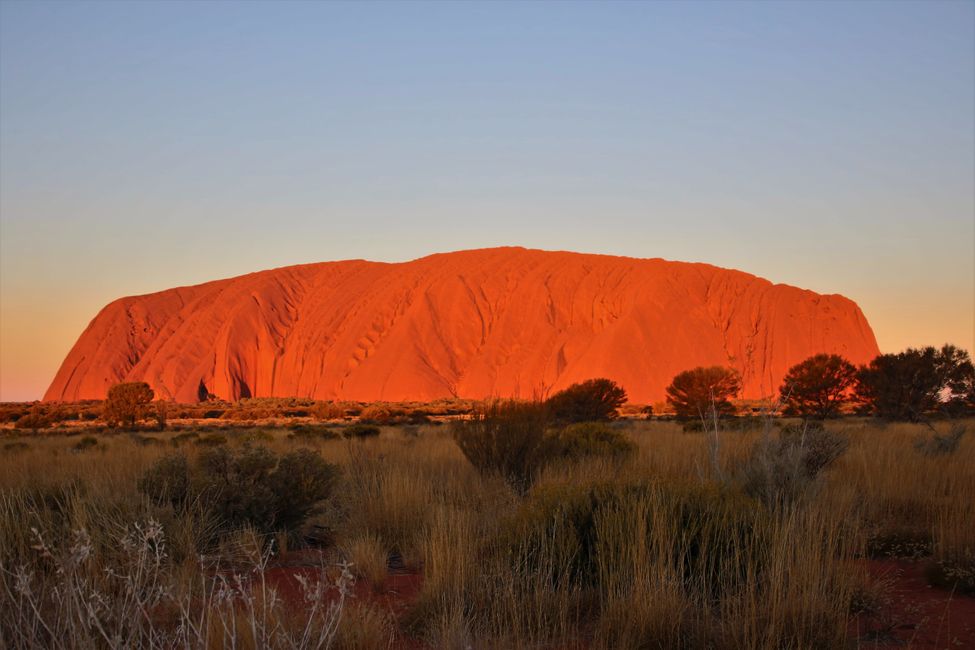
Mga ulat sa paglalakbay Australia

